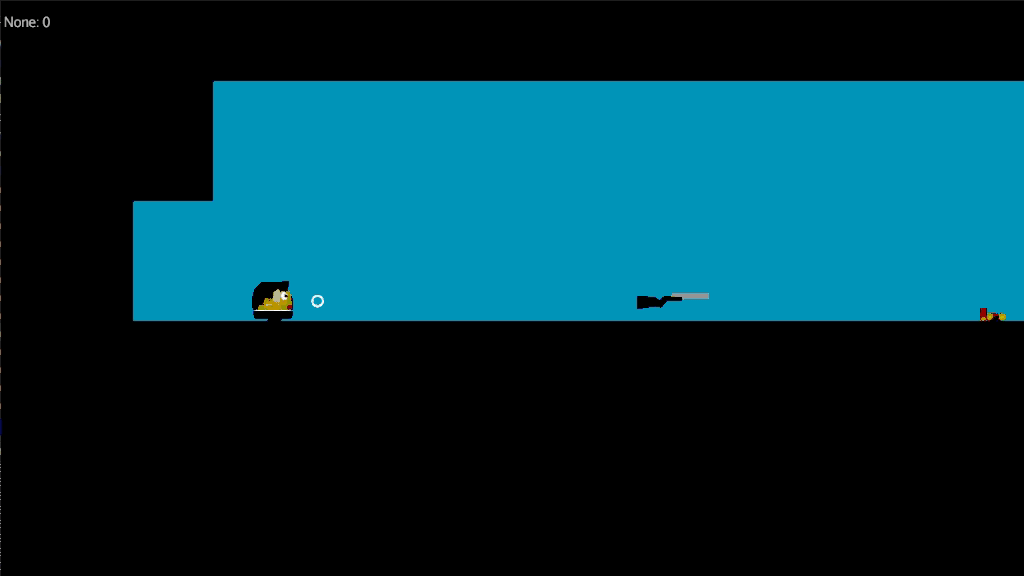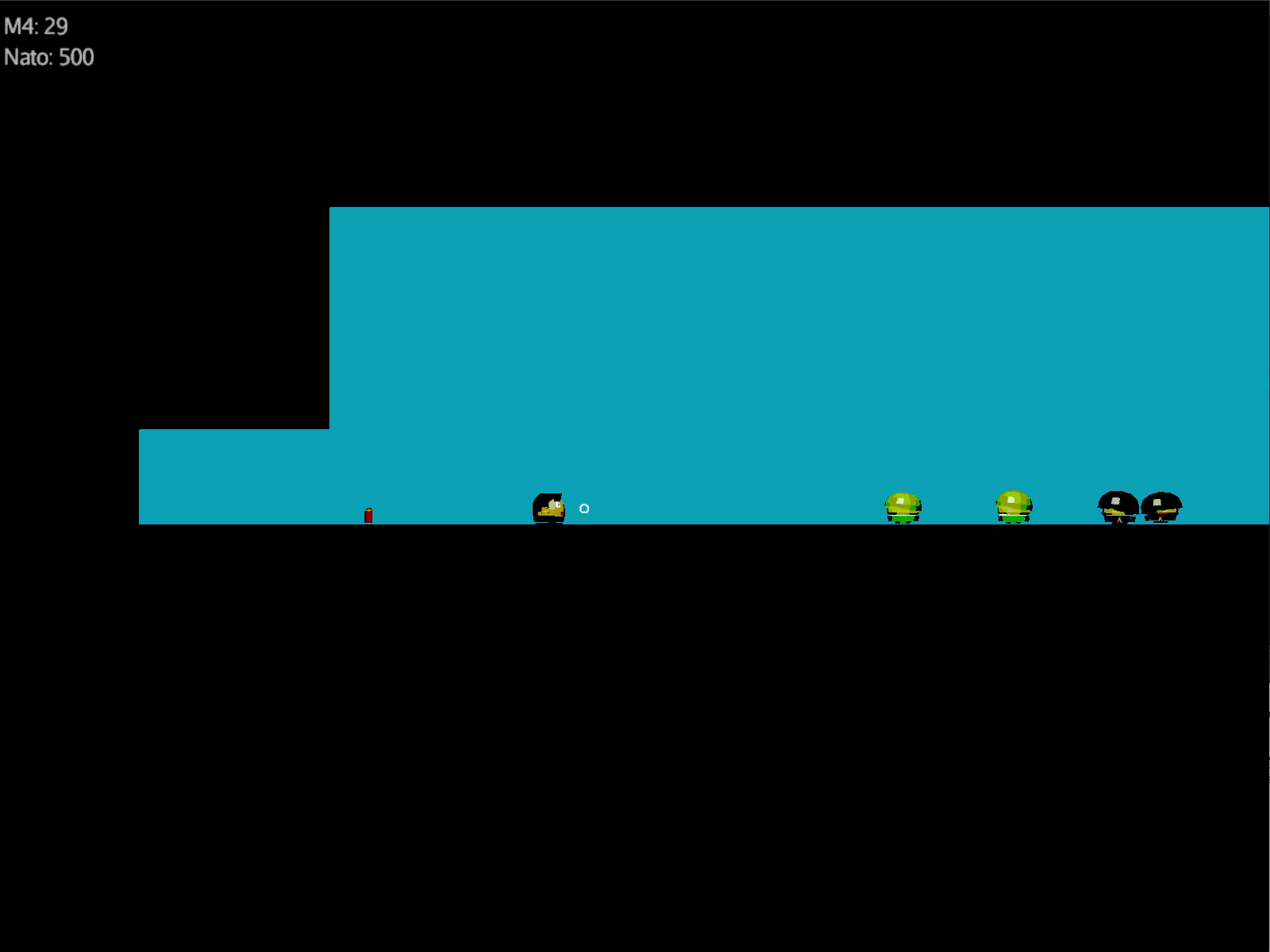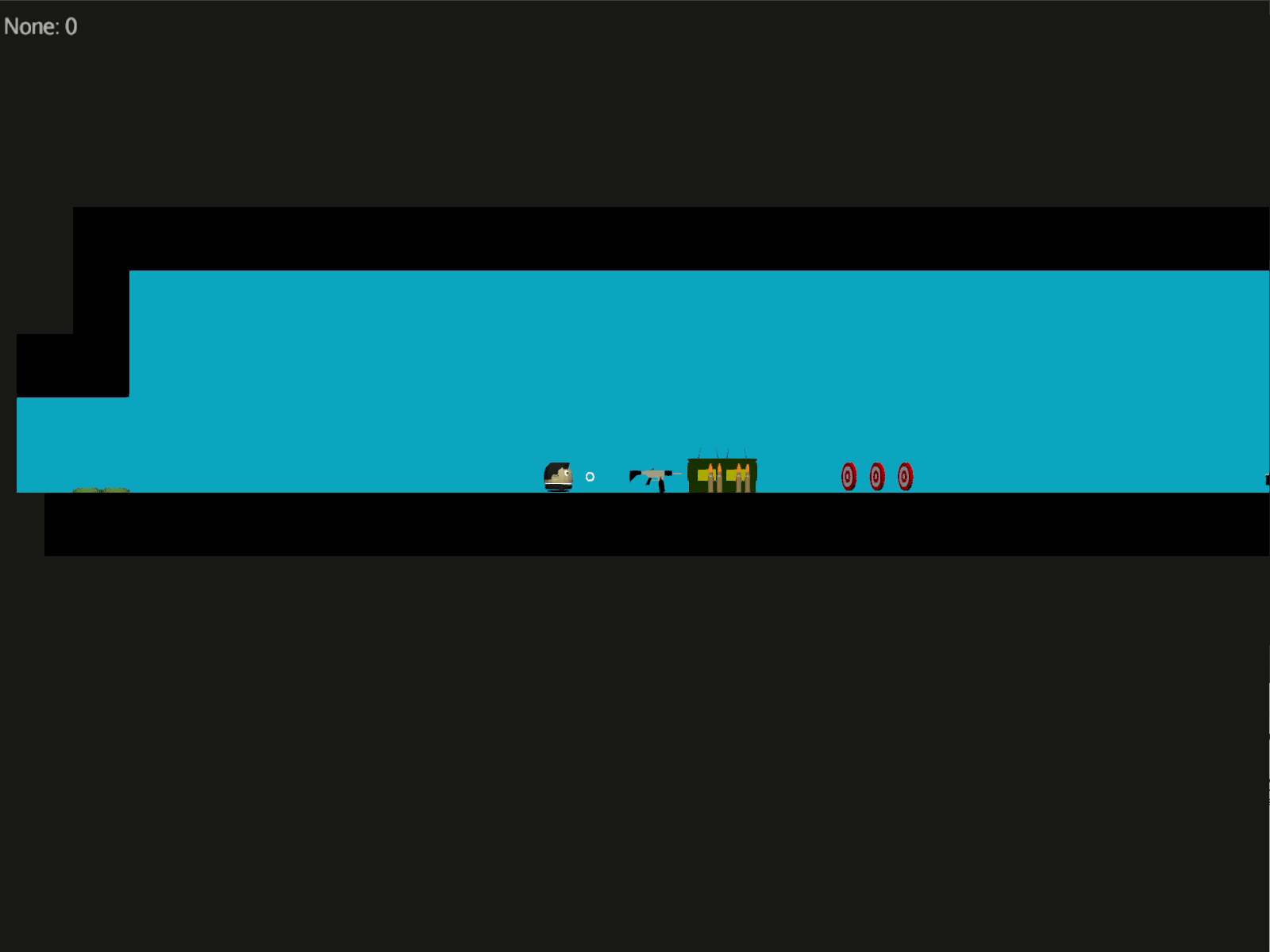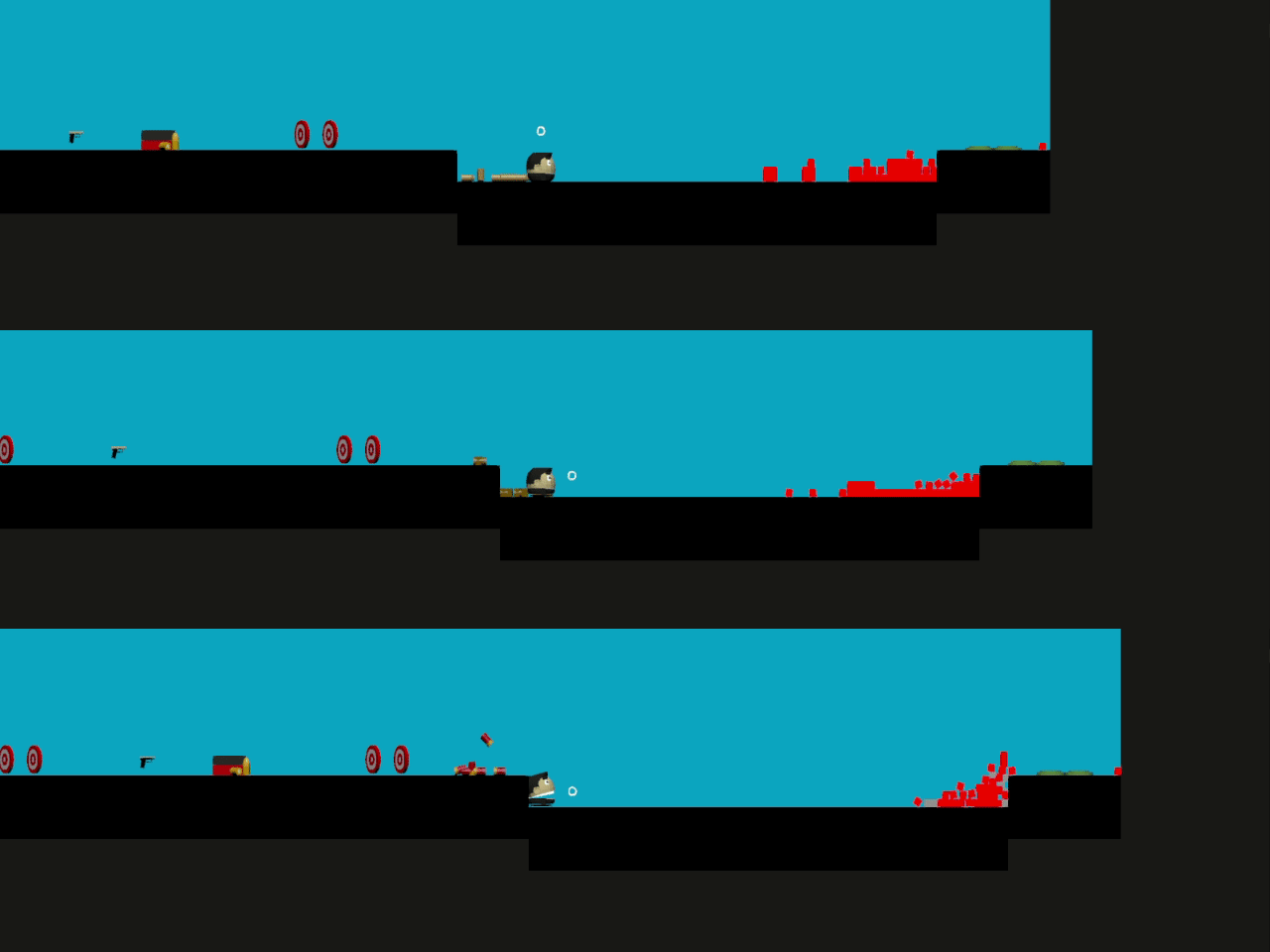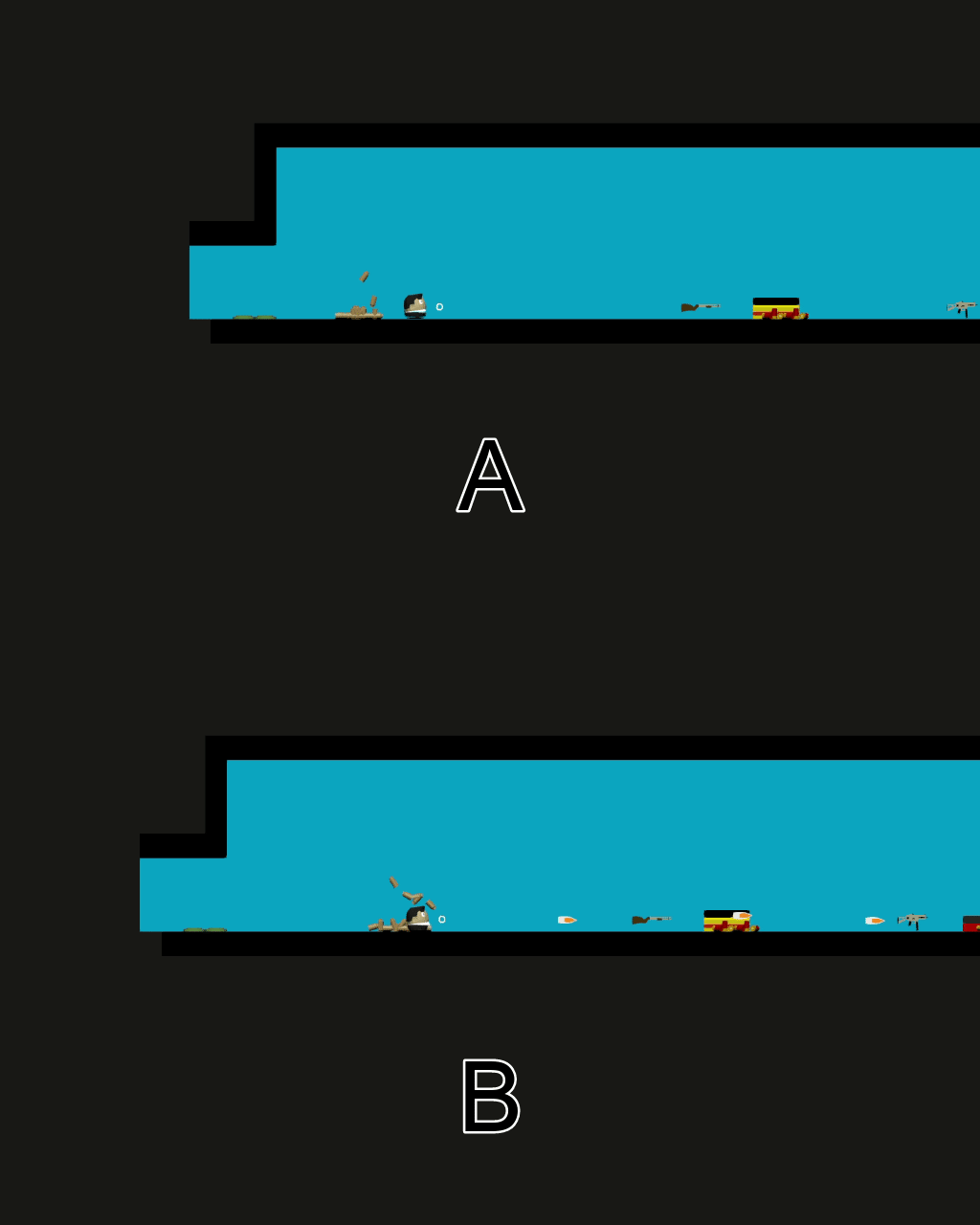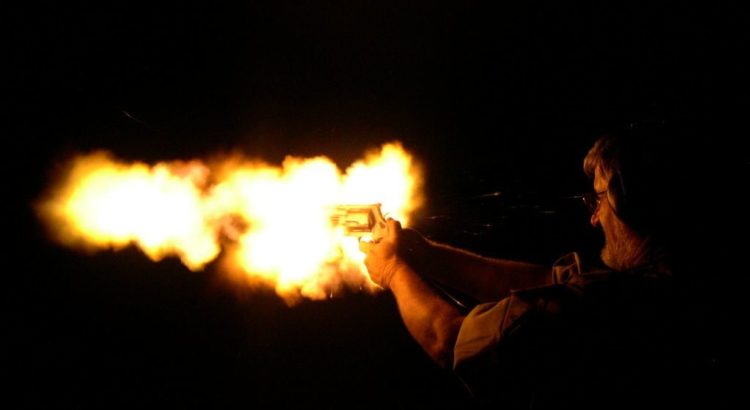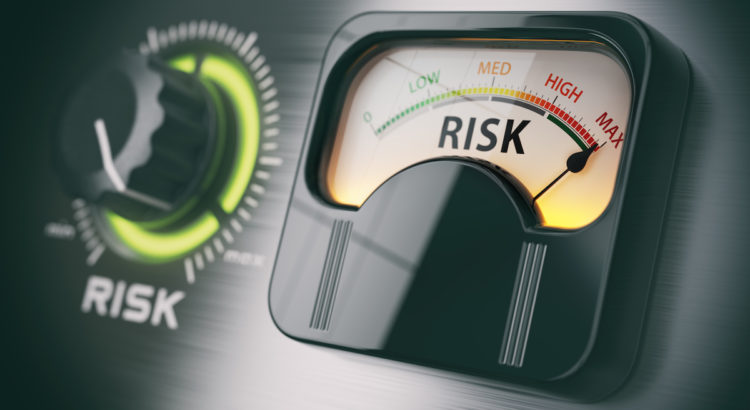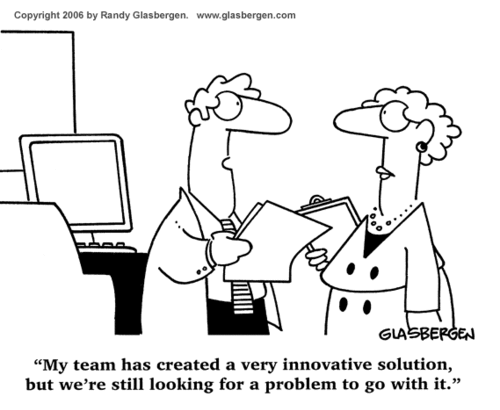The lens #17, the lens of passion from The Art of Game Design: A Book of Lenses written by Jesse Schell. If you buy books through the links in this article I will get a small commission for that and no extra cost for you. The book is great and I think a must-have for every game designer.
This lens is about my passion for my game. I should ask this from time to time myself, like how do I feel about my game with the following three questions:
- Am I filled with blinding passion about how great this game will be?
- If I’ve lost my passion, how can I find it again?
- If the passion isn’t coming back, shouldn’t I be doing something else?
I’m not always blinding passionate about my game, I especially have this reality check when I try to design a new level. It’s quite a lot of work to make a level great and joyful and sometimes reality kicks in and I’m like nah nope no not cool. But then I fiddle with it and try different styles and make it more narrow and more intense and I feel this joy and passion and I’m like yes it’s good it’s great.
So I do this reality check almost automatically and see if I still like what I do and still like what I see and play. COVID-19 didn’t help too much for the play testing something I would like to do on game conventions. Just to see if others would also like this little hero and his adventure.
If I lose the passion I usually find it again. Sometimes I just need a break or I need to look at it from a different angle or just make some fun prototypes and see if it would fit which is most of the time not the case. I also work every single day except Sunday on the game. It doesn’t matter if I just write down some ideas, make some sketches, brush up a level, improve a little bit the game-mechanic, or even remove something from the game. This everyday habit helps me a lot to keep the drive and the passion for my own game. And it is quite amazing to see how it develops when I compare it to the early stages and now.
The last question of what to do when I can not find my passion for my game. Well, I probably would then just finish it somehow but would not put too much work into it.
I get a small commissions for purchases made through the following links, I only have books in this section which I bought myself and which I love. No bullshit.


